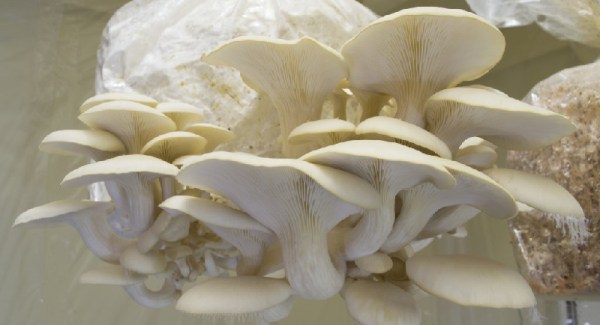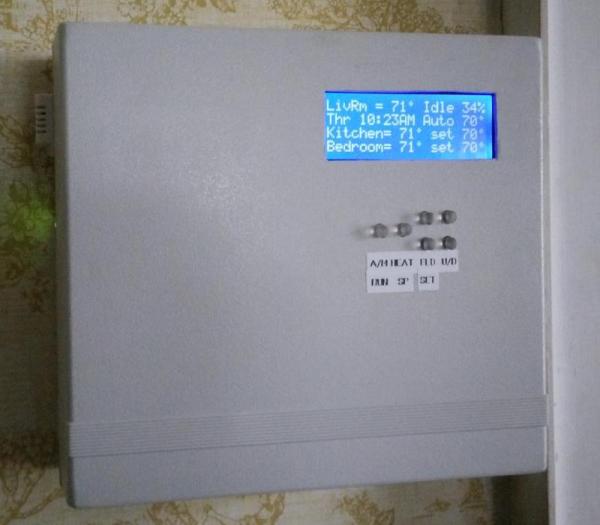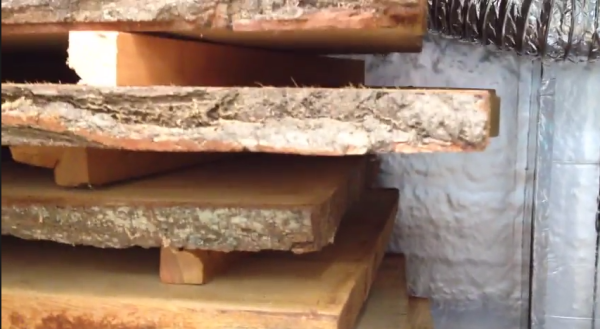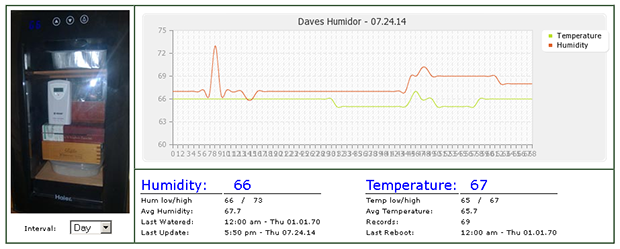If you want to measure humidity (and temperature, and maybe even barometric pressure) in a device that you’re building, have a look at this comprehensive test of seven different options. We’re going to summarize the results here, but you’ll really want to read up on the testing methodology — it’s great science hacking. Did you know about using saturated salt solutions to produce constant humidity levels for calibration? We didn’t.
The eBay hacker favorite, the so-called DHT22 module, doesn’t fare all that well, with one of six that [Robert] tested being basically horrible, and three of them breaking within two years of use. The one that works well, however, is pretty good. Feeling lucky?
The Bosch BME280 looks great. It costs a bit more as a bare part, and a few times more than that when it is mounted on a friendly module, but it seems to be very reliable. And you get a barometer thrown in for the extra work. Indeed, it performed so well that Hackaday contributor [Nava Whiteford] put the part under a scanning electron microscope to figure out what’s going on.
The other sensors were fine, with the HTU21D and SHT71 being standouts for their ultra-fast response. For the full details, go click on that link at the top. Having just installed a sextet of DHT22s in our house last year, we’re left with that sinking feeling that we may have gotten what we paid for, which wasn’t much. At least they’re all still running.
Thanks to [Dodutils] and [mac012345] via comments in another thread.






 The kiln is built from slightly blemished pallet rack shelving that [Tim] cut to suit his needs. He skinned it with 1/2″ insulation boards sealed with aluminium tape and plans to add sheet metal to protect the insulation.
The kiln is built from slightly blemished pallet rack shelving that [Tim] cut to suit his needs. He skinned it with 1/2″ insulation boards sealed with aluminium tape and plans to add sheet metal to protect the insulation. This project is
This project is 










